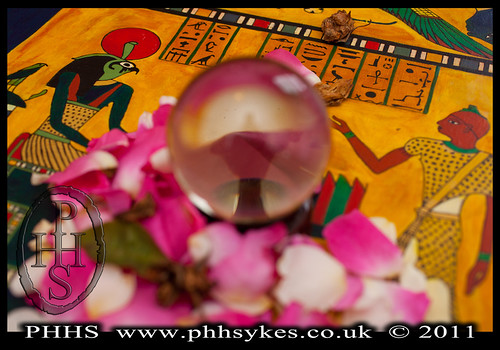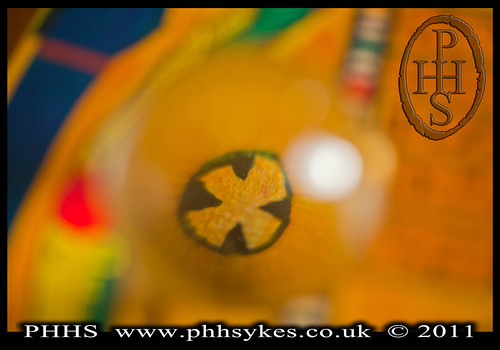The images presented here show the seven elements of
the rose plant being prepared to make sweet the world. Whilst producing rose incense recently for a
Gnostic Mass the ingredients were arranged atop a Stele of Revealing. The rose seeds, roots, stems, buds, leafs,
flowers and fruits were placed there as a part of the preparation. In accordance with the scene painted on the
stele the seven parts of the plant were arranged over the altar depicted being used
by the priest Ankh-af-na-khonsu to deliver his offerings to the gods. The priest is also known as Ankh-ef-en-Khonsu
i and Ankh-ef-en-Khonsu and he can be seen here in the leopard skin priestly regalia
on the right hand side of the stele.
The lighting was set to show off the stele as if it
were being displayed at noon in Cairo on the Spring Equinox. The atmosphere required for the drying of the
offerings was a shaded spot in the open air where the rose could dry out. In all three light sources were used. There was direct and indirect sun light with
additional reflected photographic flash light.
In post processing the pictures were crafted to give the surface of the stele
an appearance of gold leaf and of rich mineral pigment paints. The original may have been created with gold
and mineral paints so the images here are designed to show how the Stele of
Revealing could have appeared in the past.
The Rose Crystal Eye is a crystal sphere that is
used to create a new altered perspective for the viewer. The shallow focus creates intended
perceptions delicately guided by the depth of field and the sharpness of
colour. Using the crystal ball as a
lens makes ephemeral images as each position of the ball, the lights and the
angle of the camera gives a complete new impression. On this shoot two lenses were used to give
alternative views of the items recorded in the images. One view is more removed or distant that the
other. When seen alongside each other
the photographs form a wave of perception bringing the viewer in closer and
then taking them away from the stele before repeating the wave again. Oak panels were chosen to form the background
on which the stele rested. The flame
grained oak was particularly good at catching the sun and showing that the
stele had travelled from Egypt to Scotland where the oak furnishing are to be
found.
The
rose plant was selected for the incense as the stele was seen by Ourida or Rose
Kelly in a vision. In her role as a seer
she gave directions for the stele to be found.
One of the reasons for the rose incense being prepared here is to recognise
Rose Kelly’s role in bringing this stele to prominence. The sweet perfume of the roses shown here will
be used in a Gnostic Mass as an offering not unlike those that Ankh-af-na-Khonsu would have been used
to. The incense ingredients are dried
and finally rolled into spheres which are burnt black. The resulting dark orbs each look like a midnight
sun which some say are sacred to Kephra.
Such a mix of symbolism is woven into the incense and so also into these
pictures. Without some of the brief explanations
given in this article the pictures stand as colourful images using creative
light techniques. With the information
provided here it maybe that the creation of the images can be viewed as an
intricate process built around recording much information. The images are vibrant and thought provoking
even without the keys to their structure, but maybe the keys help to unlock the
pictures even more for the viewer.



No comments:
Post a Comment